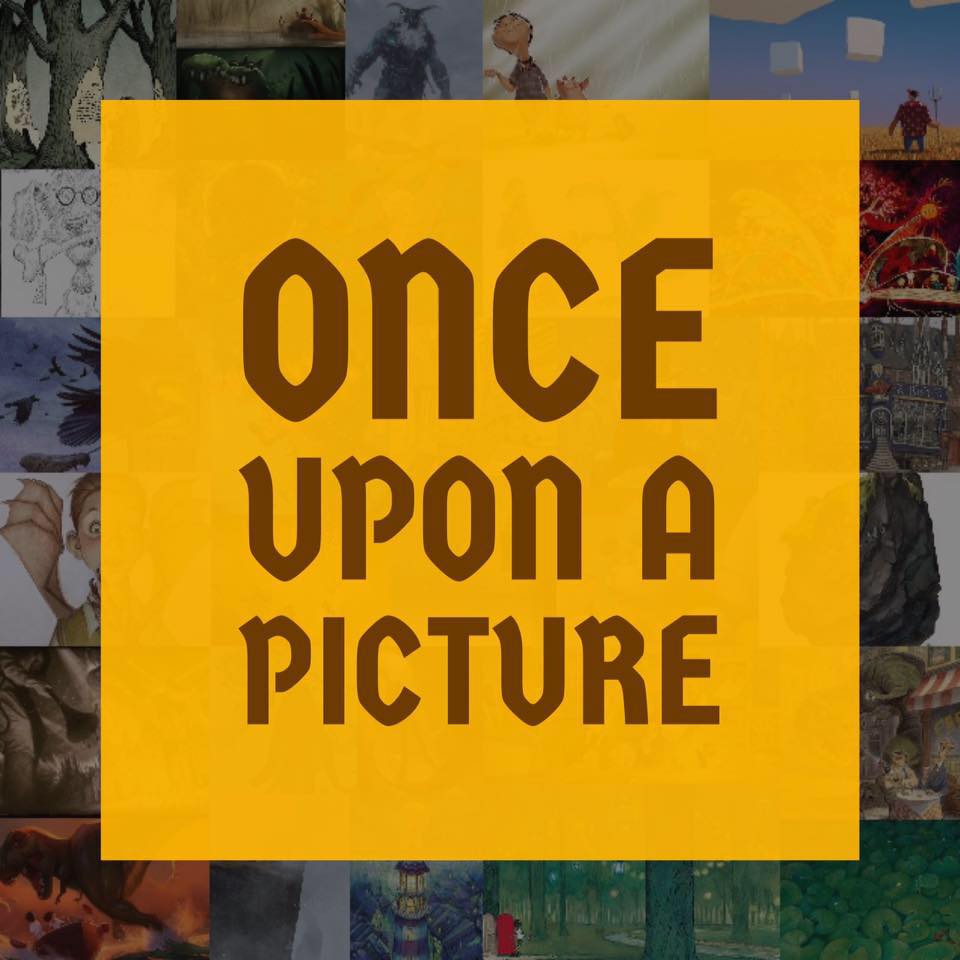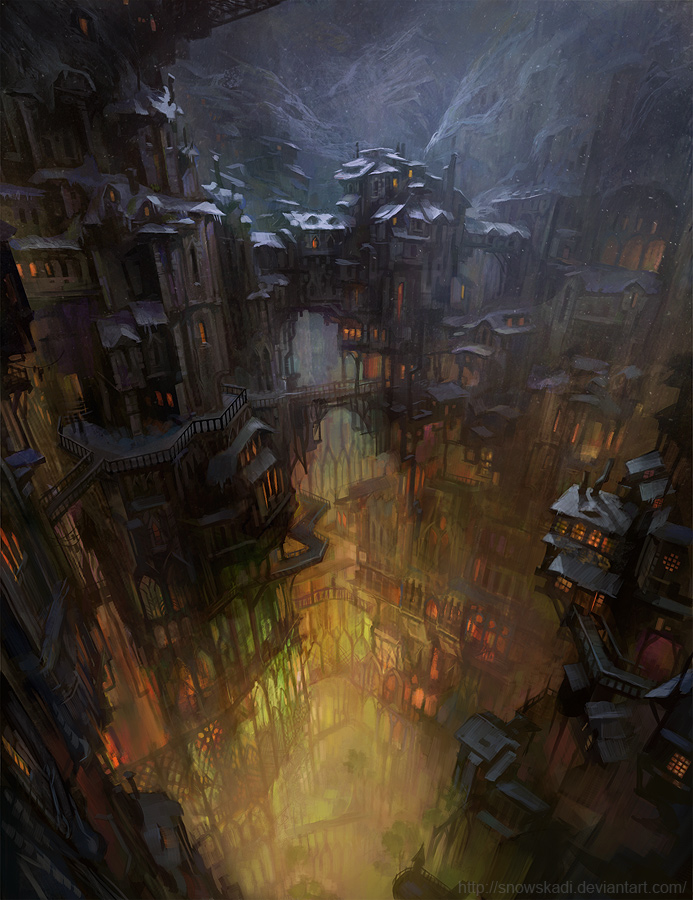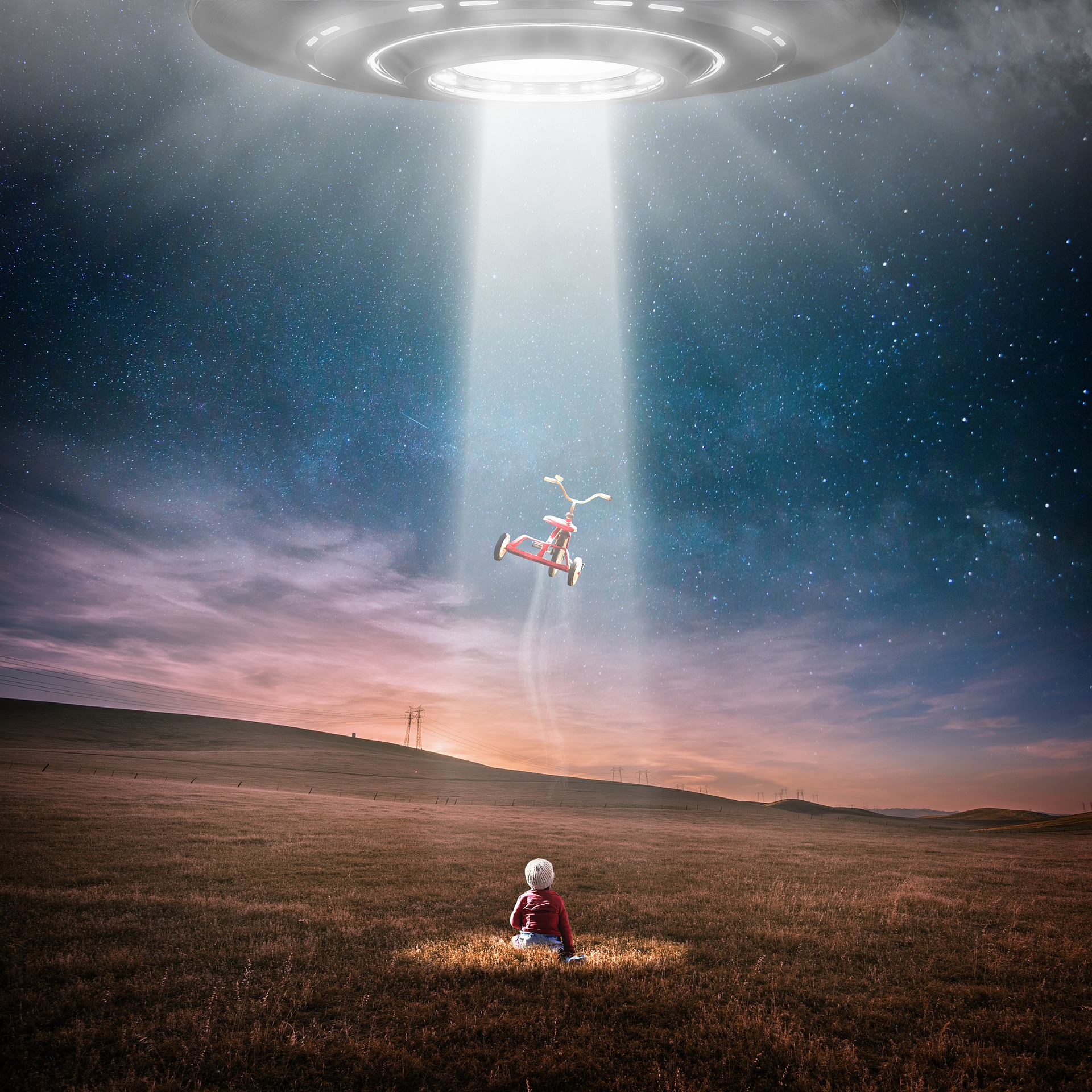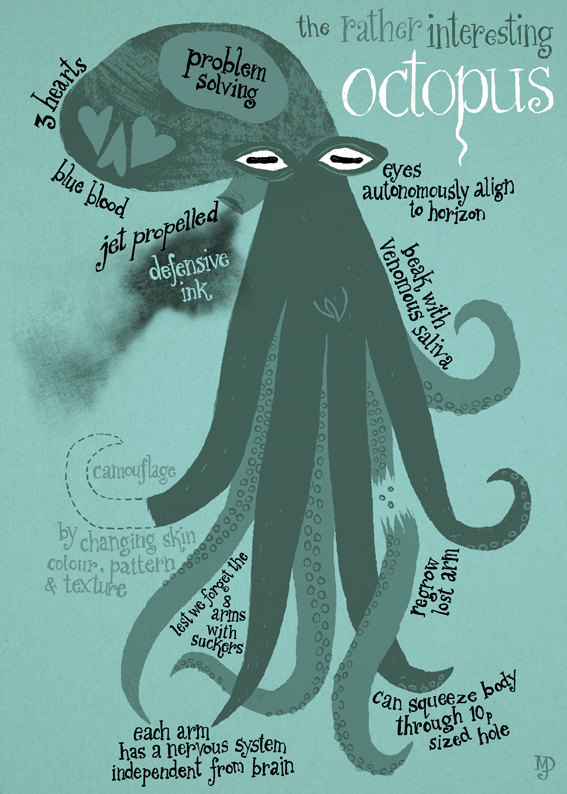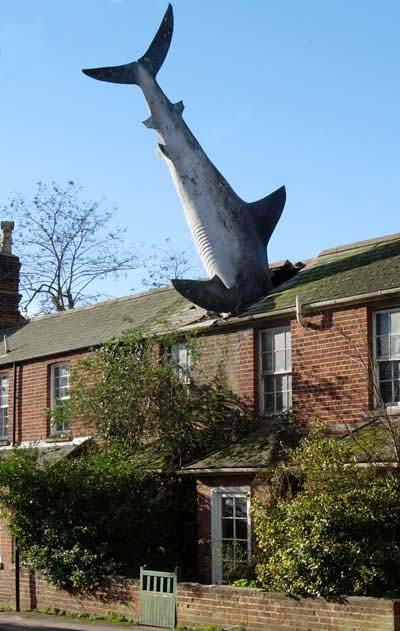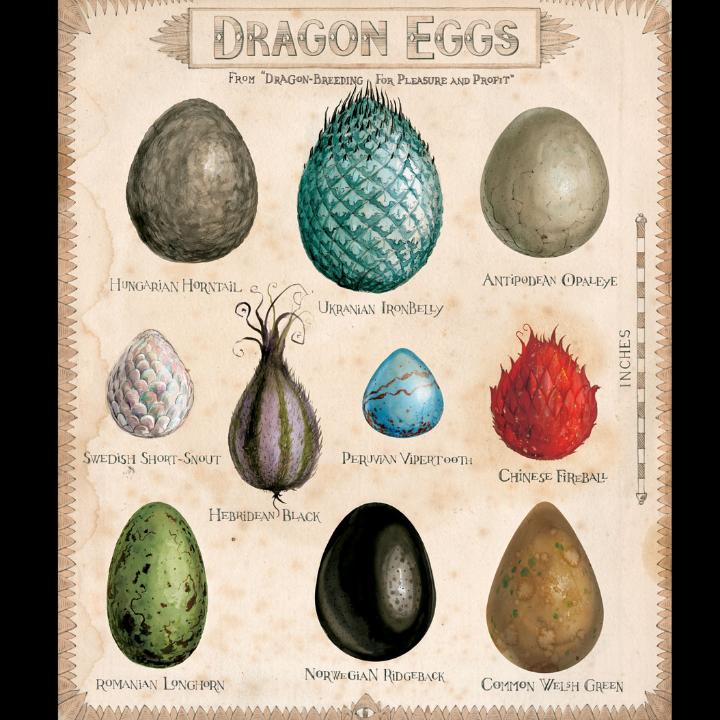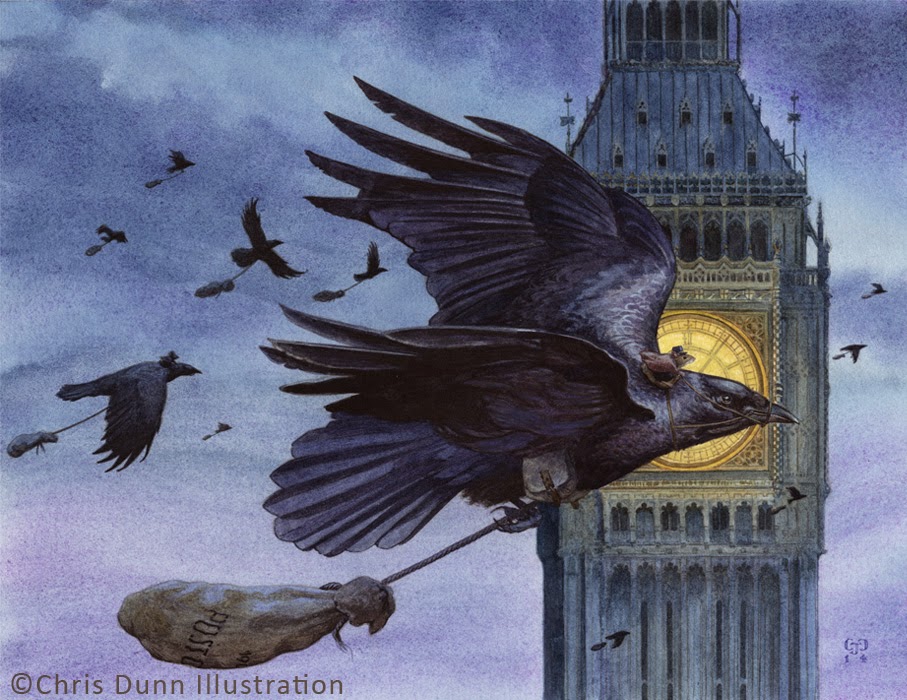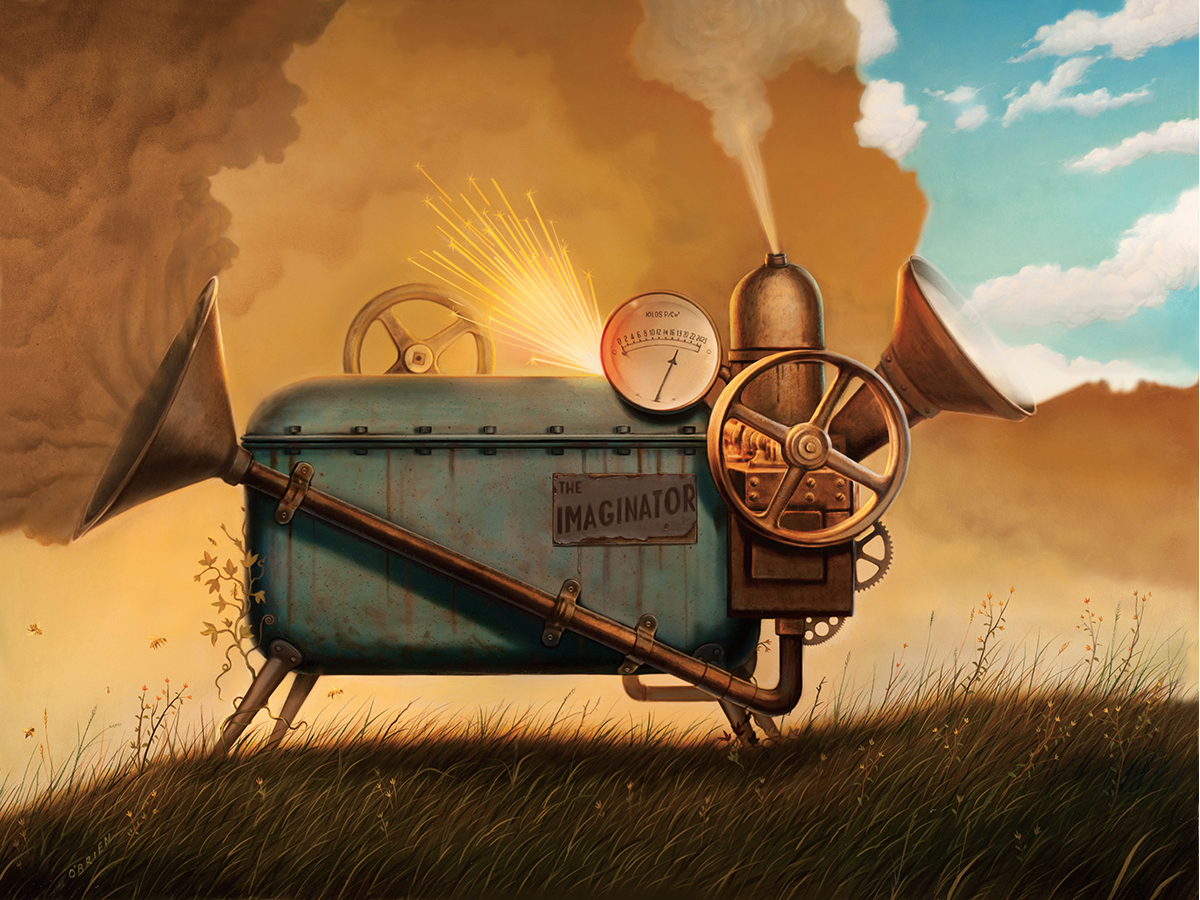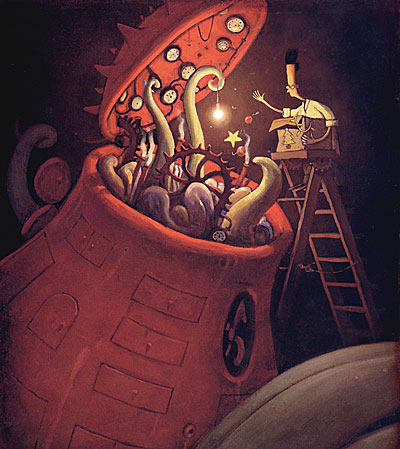Try a different approach with non-fiction – use one of these pictures as a stimulus. Much of it is ‘faction’, but we’ll allow it!
The Non-Fiction Collection
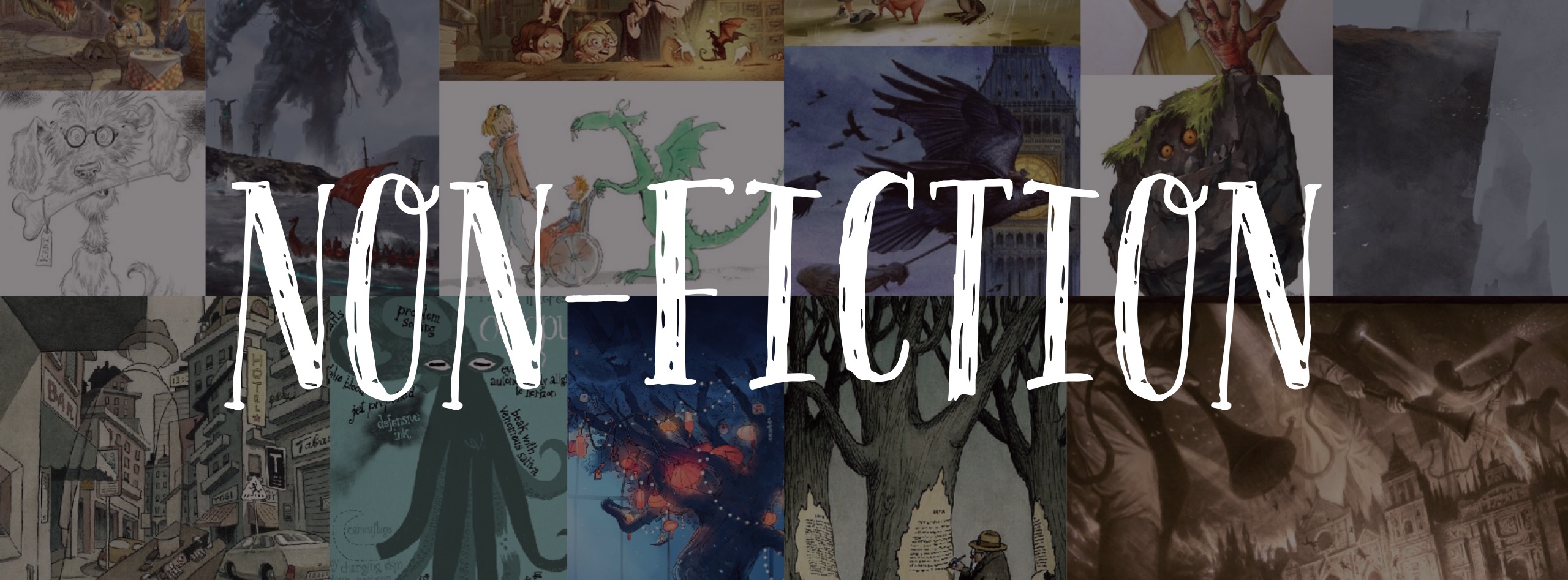
DIAMOND IN THE ROUGH
Credit: Erik Johansson
- What has happened here?
- Where did the diamond come from?
- How long has it been here for?
- Has anyone seen in it yet? Did anyone see where it came from?
- Who might be the first person to discover it?
- What do you think they will do?
- What would you do if you discovered this?
- Role play the reactions of different people:
- Owner of the house in the background
- Farmer who owns the field
- Local policeman
- Local journalist
- Geologist from the nearest university
- Local businessman
- Buyer at Tiffany&Co.
- What headline would you give this story in a newspaper?
- Write the article to accompany it. Include quotes from eyewitnesses and/or experts.
NON-FICTION IDEAS:
- News report (as above)
- Recount: Write a recount from the perspective of one of the individuals listed above.
CITY IN A CAVE
Credit: SnowSkadi
- Why was this city built in a cave?
- Who built it?
- When was the city founded?
- Who might live here? How large is the population? Are there many children and elderly people here?
- What jobs do the citizens do?
- Is this a good place to live? Is this city well-known for anything? Has anything bad ever happened here?
- Would you like to live here? Why/why not?
- How is this city similar/different to your nearest city?
NON-FICTION IDEAS:
- Information/non-chronological report: Life in the City
- Persuasion: The city needs a new mayor. Write your election campaign/speech.
- News report: Subterranean city discovered!
- Discussion: The Earth is overcrowded. Should humans move underground?
UFO
Credit: Jonny Lindner
- Where did the UFO come from?
- Who – or what – is controlling it?
- Why are they taking the tricycle?
- Who does the tricycle belong to?
- Why was the child here alone?
- How is the child feeling?
- What will happen next?
- Choose your writing:
- First person account from the child’s perspective
- First person account from someone/something else’s perspective
- Newspaper article about this event
- Tweets and/or text messages from several witnesses
- Police report of the event
- Government advice to parents about keeping their child safe in these dangerous times
NON-FICTION IDEAS:
- Recount (as above – from the child’s perspective)
- Newspaper report (as above)
- Police report or interview transcript
- Advice (information, persuasion)
THE RATHER INTERESTING OCTOPUS
Credit: Matt Dawson
- What do you think is interesting about the octopus? What did you already know and what have you learnt? [Challenge children to recreate the image in a group relay.]
- Why has Matt Dawson presented the facts in this way? What is the effect of the layout on the reader?
- Who is the intended audience?
- Why is the fact about camouflage written in a different coloured font?
- Write an information page about The Rather Interesting Octopus. Consider the layout and use organisational features to help the reader.
- Research a creature of your choice. Present the information in an interesting format.
NON-FICTION IDEAS:
- Information (as above)
- Explanation text: How an octopus works
UNTITLED 1986
Untitled 1986/The Headington Shark
- How did the shark get there?
- Where did it come from?
- Was anyone in the house at the time?
- Were there any eyewitnesses?
- How did the residents of the street react?
- What happened to the shark in the end?
- Write a newspaper report about the arrival of The Headington Shark.
- Write a transcript of a police interview with a witness or the person responsible.
NON-FICTION IDEAS:
- Newspaper report (as above)
- Police interview transcript (as above)
DRAGON EGGS
Credit: Jim Kay, Courtesy of Bloomsbury Children’s Books
- Describe an egg and see if a partner can guess it.
- Which dragon do you think is the most dangerous? Why?
- Which dragon do you think will be the friendliest? Why?
- Which species could survive in cold temperatures? How do you know?
- Which dragon egg would you like to find?
- What would you do if you came across a Norwegian Ridgeback egg?
- Can you plot the origins of these species on a map?
- Try drawing what you think each species will look like as a fully grown dragon; use details from the egg’s appearance and the species name to inform your choices.
- Create ‘Top Trumps’ cards for each species. Decide on the categories and give them ratings, then do battle!
A list of species:
Hungarian Horntail
Ukranian Ironbelly
Antipodean Opaleye
Swedish Short-snout
Hebredian Black
Peruvian Vipertooth
Chinese Fireball
Romanian Longhorn
Norwegian Ridgeback
Common Welsh Green
NON-FICTION IDEAS:
- Information/non-chronological report: Write an information page/booklet about a species of dragon. What would the reader want to know? How will you structure the information?
- Discussion/debate: Should dragons be kept as pets?
- Instructions: How to care for your baby dragon. [Link to ‘How to Train Your Dragon’ by Cressida Cowell, ‘Dragonology’ by Dugald Steer and ‘Tell Me A Dragon’ by Jackie Morris.]
AIR MAIL
Credit: Chris Dunn
- Where is this?
- What are the birds doing?
- What is inside the bags?
- Why are there mice riding the birds?
- What time of day do you think it is? How do you know?
NON-FICTION IDEAS:
- Explanation: How the postal service works.
- Persuasion: Advert/presentation for a new postal service to rival all other services.
- Discussion/debate: Should animals ‘work’ for humans?
THE IMAGINATOR
Credit: Tim O’Brien
- How does The Imaginator work? What goes in and what comes out? What’s creating the sparks? Does it need electricity to function? Write an explanation of how it works.
- Who made The Imaginator?
- Who does this one belong to? Why is it here?
- Are there any others? Where are they sold?
- Create an advert for The Imaginator. Who is the target market? Why would they need one? What are its best features?
NON-FICTION IDEAS:
- Explanation (as above – How Does The Imaginator Work?)
- Persuasion (as above – advert)
FEEDING TIME
Credit: Shaun Tan, from ‘The Lost Thing’. Hodder Children’s Books
- What can you see? What do you think? What do you wonder? Discuss and/or record your ideas here: See think wonder.
- What is the man doing?
- What is the red ‘thing’?
- What would you name it? Why?
- Why does it have machinery parts as well as tentacles?
- Is it alive?
- What is he feeding it? What’s in the box? Why did he choose those objects?
- Does anyone else know about this ‘thing’?
- Write some instructions – ‘How to care for your thing’ – that might help this man, or anyone else who discovers their own ‘thing’. Consider what it eats, what else it needs, where it sleeps/lives, how to communicate with it, what not to do…
NON-FICTION IDEAS:
- Instructions (as above)
- Discussion: Do robots need caring for? Do robots need feeding? Are robots capable of feeling?
